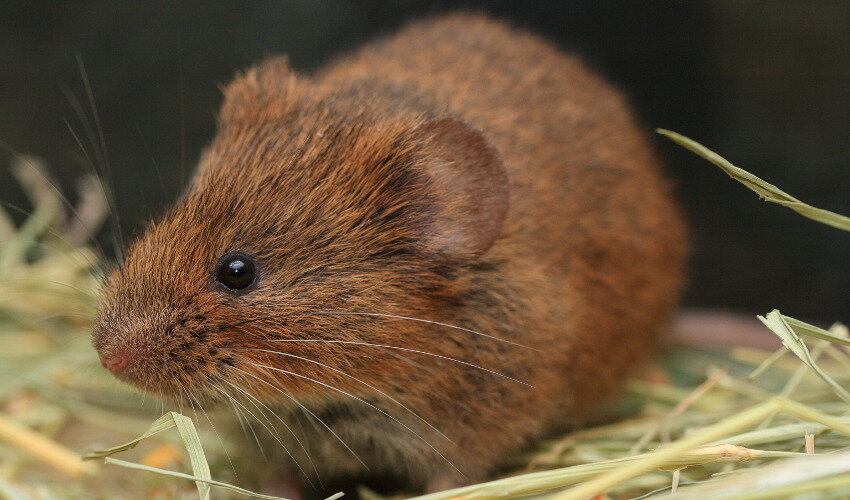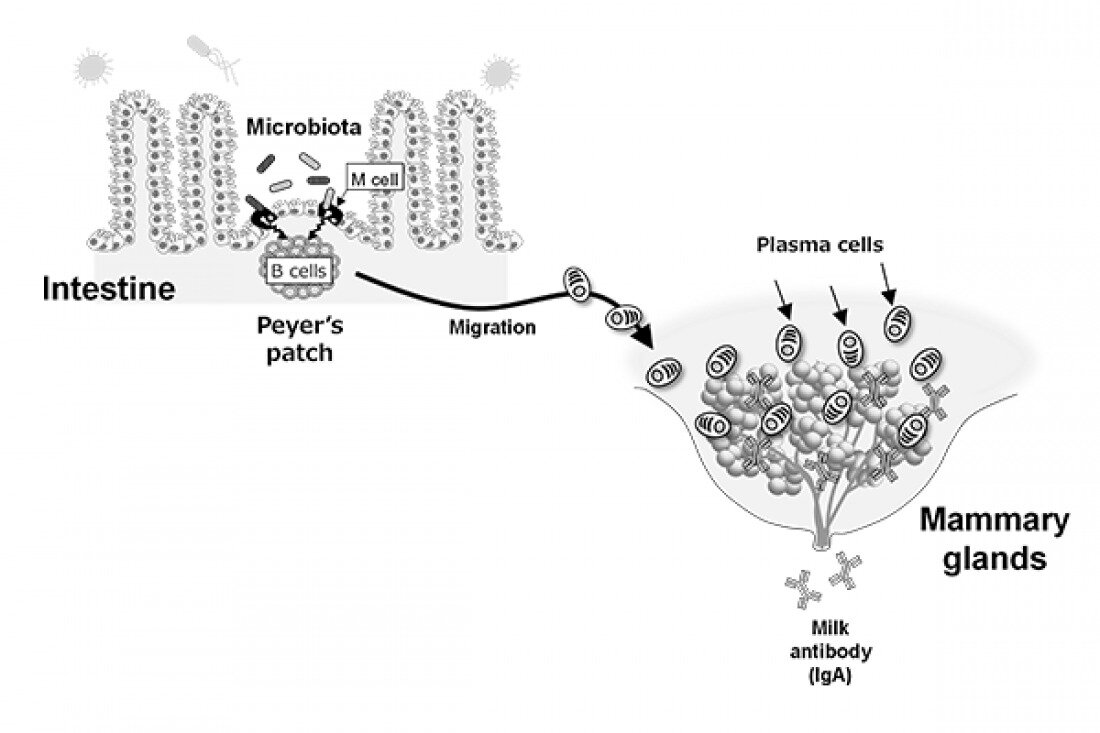#Study on bizarre rodent genetics solves a mystery and reveals another

“#Study on bizarre rodent genetics solves a mystery and reveals another”

Open up Scott Roy’s Twitter bio and you’ll see a simple but revealing sentence: “The more I learn the more I’m confused.” Now the rest of the scientific world can share in his confusion. The San Francisco State University associate professor of biology’s most recent research, published earlier this month in one of the scientific world’s most prestigious journals, catalogues a strange and confounding system of genes in a tiny rodent that scientists have ignored for decades.
“This is basically the weirdest sex chromosome system known to science,” Roy said. “Nobody ordered this.” But he’s serving it anyway.
The owner of those chromosomes is the creeping vole, a burrowing rodent native to the Pacific Northwest. Scientists have known since the ’60s that the species had some odd genes: Their number of X and Y chromosomes (bundles of DNA that play a large role in determining sex) is off from what’s expected in male and female mammals.
That finding caught Roy’s eye when presented by a guest speaker at a San Francisco State seminar, and he realized that modern technology might be able to shed new light on the mysteries hiding in the voles’ DNA. After working with collaborators to disentangle the voles’ genetic history—resulting in one of the most completely sequenced mammal genomes that exists, according to Roy—the story only got stranger.
The team found that the X and Y chromosomes had fused somewhere in the rodents’ past, and that the X chromosome in males started looking and acting like a Y chromosome. The numbers of X chromosomes in male and female voles changed too, along with smaller pieces of DNA getting swapped between them. The researchers published their results in Science on May 7.
Drastic genetic changes like these are exceptionally rare: The way genes determine sex in mammals has stayed mostly the same for about 180 million years, Roy explains. “Mammals, with few exceptions, are kind of boring,” he said. “Previously we would have thought something like this is impossible.”
So how did the genes of this unassuming rodent end up so jumbled? It’s not an easy question to answer, especially since evolution is bound to produce some strangeness simply by chance. Roy, however, is determined to figure out the “why.” He suspects that what the team found in the vole’s genome is something like the aftermath of an evolutionary battle for dominance between the X and Y chromosome.
The research couldn’t have happened, Roy says, without collaborations with Oregon fish and wildlife biologists who had a creeping vole sample sitting in a lab freezer. He also teamed up with a group from Oklahoma State University when the two groups started chatting about creeping vole DNA sequences that were posted on the internet—and both realized they were working on the same question.
Another key was working at a teaching-focused institution. Roy says he has the time to develop ideas with colleagues and students at SF State, and he can do research where he doesn’t quite know what he’ll find. “This is a great example of non-hypothesis-based biology,” Roy explained. “The hypothesis was, ‘This system is interesting. I bet if you looked into it some more, there’d be other interesting things.'”
It won’t be the last time Roy’s lab goes out on a limb. He and his collaborators plan to look into the genomes of other species related to the voles to chart the evolutionary path that led to this strange system. He’ll also continue DNA sequencing curiosities across the tree of life.
“These bizarre systems give us a handhold to start to understand why the more common systems are the way they are and why our biology works as it does,” he explained. By delving into the weirdest that nature has to offer, maybe we can come to understand ourselves better, too.
Frog with six sex chromosomes provides clues to evolution of complex XY systems
Matthew B. Couger et al, Sex chromosome transformation and the origin of a male-specific X chromosome in the creeping vole, Science (2021). DOI: 10.1126/science.abg7019
Citation:
Study on bizarre rodent genetics solves a mystery and reveals another (2021, May 19)
retrieved 19 May 2021
from https://phys.org/news/2021-05-bizarre-rodent-genetics-mystery-reveals.html
This document is subject to copyright. Apart from any fair dealing for the purpose of private study or research, no
part may be reproduced without the written permission. The content is provided for information purposes only.
If you liked the article, do not forget to share it with your friends. Follow us on Google News too, click on the star and choose us from your favorites.
For forums sites go to Forum.BuradaBiliyorum.Com
If you want to read more Like this articles, you can visit our Science category.



